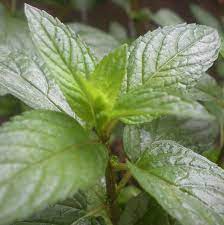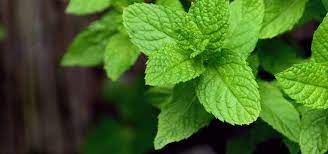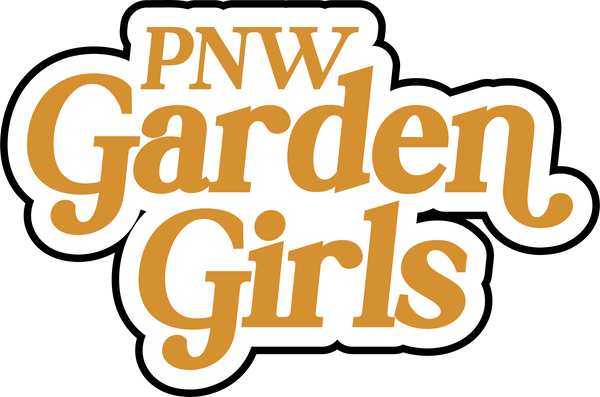Mint, Peppermint
Mint, Peppermint
Couldn't load pickup availability
Fun facts: Washington is the top-producing mint state in the nation, producing the most spearmint and peppermint. Oregon is the #2 producer of peppermint and the #4 producer of spearmint. So clearly, mint thrives in our climate! Let's be honest, mint thrives everywhere, due in particular to the underground shoots it sends out. Plant it in the wrong spot and you will regret it more than you regret your outfit choices from the 90's.
To reap the wonderful benefits and also avoid the horrors mentioned above, the answer is simple - don't plant it directly in the ground! Keep that baby contained! Whether you plant it in a grow bag, planter, raised bed, heck even a home depot bucket, you can enjoy all the wonderful aspects of the plant without the horrors. We just want to keep it real here.
Peppermint is a perennial herb that thrives with ample water, meaning if you plant it near an area that gets wet from the sprinklers or is near a water faucet, that's where you want to put your container of mint. Make sure your mint has as much sunlight as possible too. Dark green leaves are tinged with purple, with dark purple stems and pretty purple flower spikes that a myriad of pollinators delight in visiting often!
Like most mints, this plant will grow in pretty much any soil condition, but keep in mind that it can self-seed and spread readily, but as long as that happens in a container of sorts, you can manage it effortlessly.
Peppermint can be harvested often and used fresh or dried in many ways in the kitchen from iced tea, to mojitos, to lamb dishes or zesty Mediterranean salads. Used medicinally, its renowned as a digestive aid and headache reliever. Peppermint is also said to repel a plethora of pests both in and out of the home and garden. A little advance planning and you'll be a happy & worry-free mint grower in no time!
- Days to Harvest: 60 - 90
- Companion Plants: Beets, Broccoli, Collards, Hyssop, Squash, Tomatoes
- Open-Pollinated (OP), Perennial
- Plant Spacing: 12 - 18"
Photo Credit: Siskiyou Seeds, Oregon Agriculture in the Classroom
Growing Guide
Growing Guide
Whether you're a new or seasoned gardener, it can be good to educate yourself about your new plant.
We highly recommend (& use ourselves) the Almanac's Growing Guides.
Share



